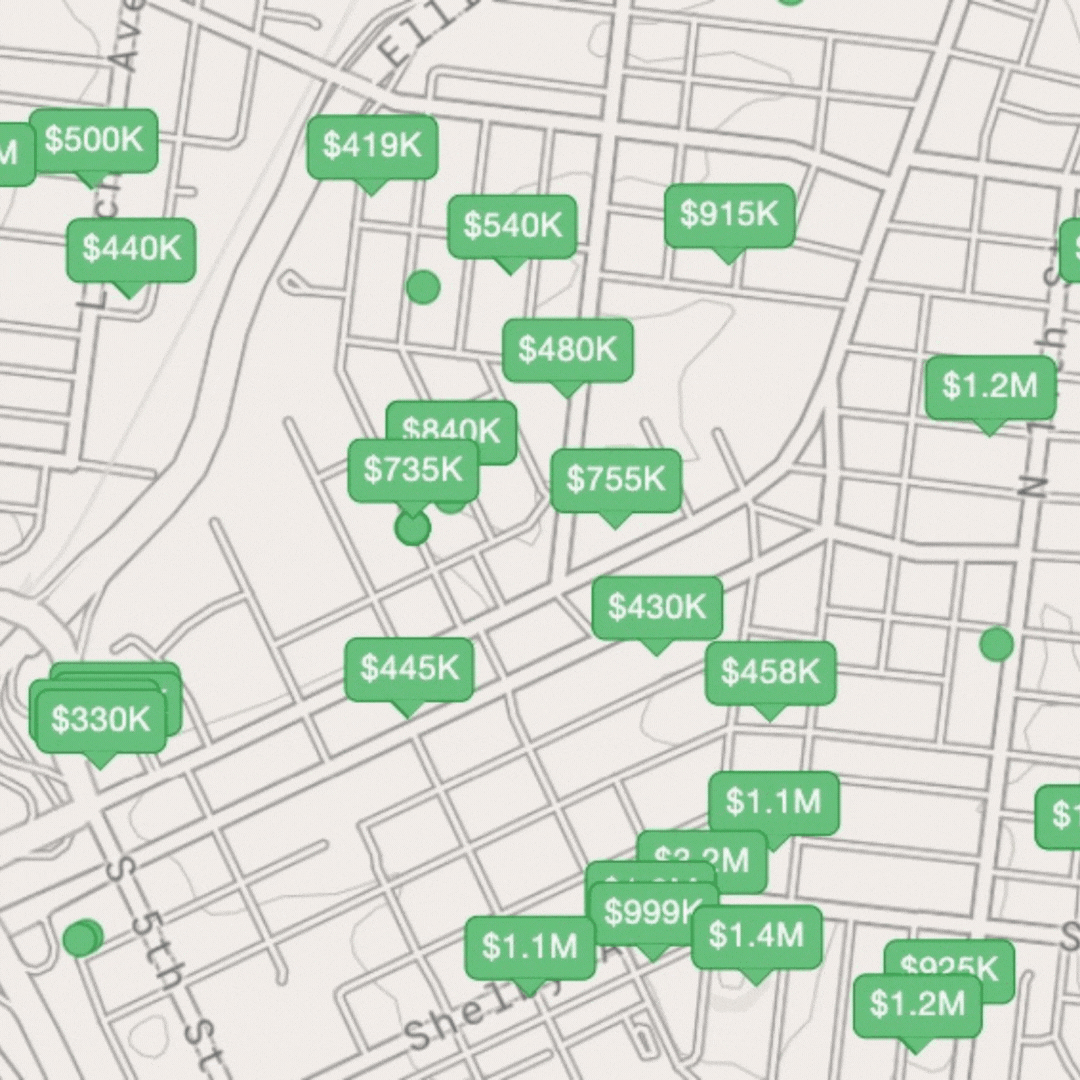That’s a good question! The simple answer is that “it depends” and can vary significantly from development to development. Here are a few rules to guide you:
HOA Dues and Condos/Flats/Highrises
Here is where your dues are likely to be highest, but it’s also where you will get the most bang for your buck. With condominium developments, the HOA is generally responsible for all exteriors (save windows and doors), roof, trash pick-up, common area maintenance for grounds, pool, gym, and shared areas. Concierge staffing, parking areas, fobs/gates, etc. Sometimes water is included, but it is a rare occasion where other utilities like electricity, gas, or cable are included. Homeowners insurance is almost always included.
Of note: often with condos you will only have one option for cable/phone/wifi access. Sometimes these will be billed separately through the HOA.
What’s not included? Interior walls, electric systems, HVAC parts and maintenance.
HOA dues with condos are often calculated based on the unit’s square footage.
HOA Dues and Townhomes
Here the fees typically cover many of the same things as they do with condos, however, utilities such as water and electricity are almost never included. I find that townhomes tend to be a little more lax in the “saving up for big projects” department so their balance sheets might not be as strong, but they often aren’t spending as much money either.
With both condos and townhomes, size matters. Larger development with more paying members will often have lower fees than smaller, more intimate developments.
Homeowners insurance is also typically included with townhomes (but not always).
HOA Dues and Neighborhoods
Generally speaking homes in the suburbs that were built after 1980 will include at least a small HOA. Often if only covers the enforcement of community standards as well as the maintenance of a landscaped entryway. Sometimes there may be a community feature such as a pool that is included.
If the fee seems high, there is a possibility that lawn maintenance is included, but this is typically reserved for cottage developments or 55+ communities.
What is HO6 Insurance?
H06 coverage is supplemental insurance coverage that goes above building replacement in the case of a tragedy. It often covers personal effects, upgrades to finishes that aren’t considered “standard” by the builder. It may also include supplemental liability coverage if a guest is injured on premises. It’s very much like the renter’s insurance you may have paid for in the past.
H06 is sometimes required by the building. It is sometimes required by your lender. It is often elective.

